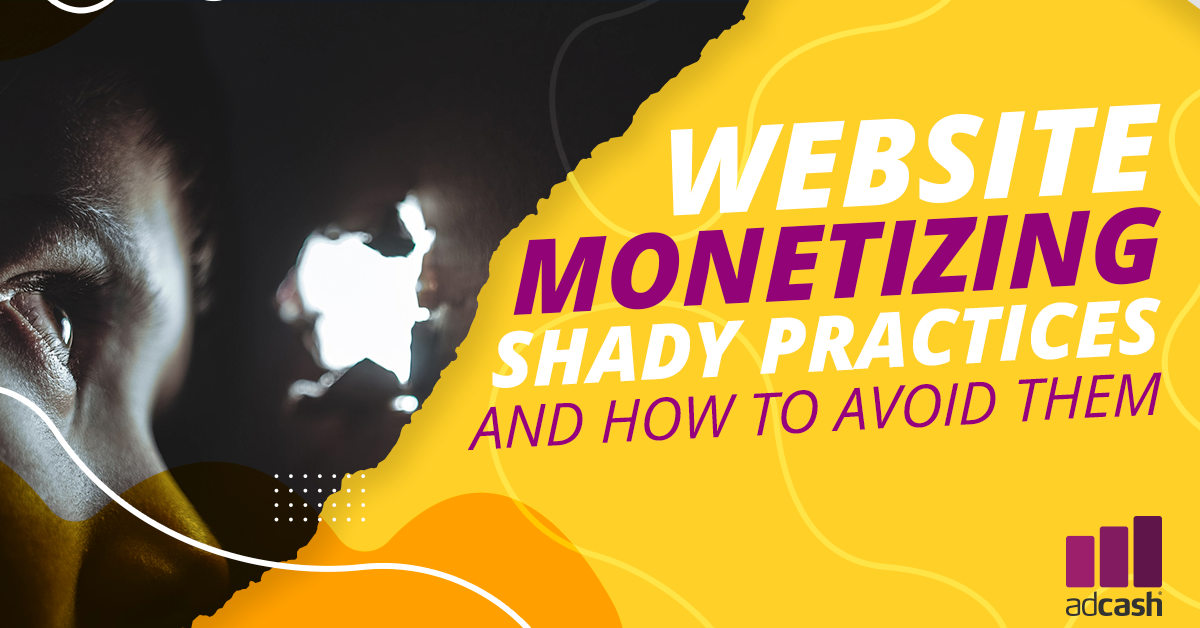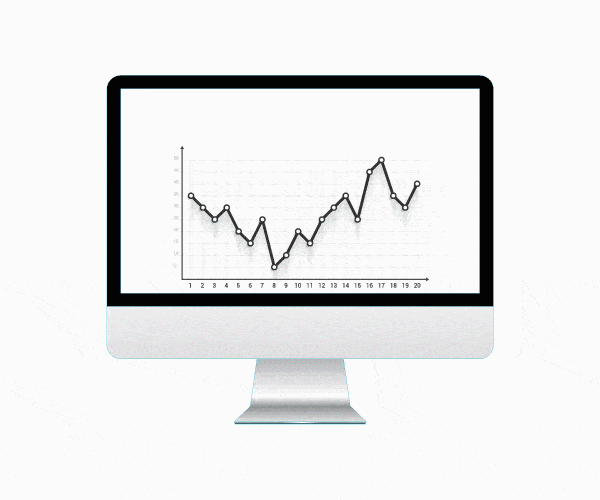The online advertising industry is extremely competitive and publishers are always on the lookout for ways to increase their ad revenue. But do you know what metrics influence your earnings and for that matter, how much your traffic is really worth?
In this article, we’ll be uncovering some of the most frequently used “shady practices” in website monetization.
Before we jump into the 3 shady practices we’ve seen coming to light most frequently in 2020, what should you as a website owner be looking out for when it comes to partnering with an advertising network? How do you set yourself apart from the competition and, most importantly, how do you keep your website compliant with Google and the Better Ads Standards Coalition?
What should you be looking for in a viable ad network?
Transparency 🥛
Always partner with an ad network that prides itself on transparency and simplicity. Opt for platforms that will give you full, unaltered access to top-performing statistics, whilst tracking and displaying your earnings on a month to month basis. This, in turn, will allow you to track and gauge your online performance in real-time!
Cutting-edge security and anti-Adblock technology 🔐
The ad network you choose to work with needs to have a state-of-the-art anti-Adblock solution in place to ensure that the right ads are never cut from your site. This ensures that your online revenue will stay intact and continue to climb. Make sure you’re partnering with a network that values online security above all else and constantly updates their protocol to keep your profile and deposited fees lock tight and well protected.
Reputation and legacy 👌
Online ad networks pop up and shut down in the blink of an eye, with most of them falling short of the five-year mark. This is usually because they’re opting for quick-fire returns and not in the game for the long run. Always choose a partner with a proven track record and a whole lot of “skin in the game”.
Always ask yourself the key questions that come with choosing the right ad partner.
- What special features does the platform have for publishers?
- What is the extent and level of their anti-Adblock technology?
- What ad formats do they provide?
- What are the platform’s fill-rate, pricing, and/or payment options?
- What is their support team like?
- What is the extent and level of their anti-ad-block technology?
- What is the ability of the platform for reporting and statistics?
- What is the platform’s level of transparency and ad compliance?
- What is the overall reputation of the company?
Right, with the above in mind, let’s dive into the three most common tactics that mess with your monetization cycle. But before we do that, let’s get to grips with the terms and metrics needed to get you on your way.




Join the conversation
0 comments
Submit a comment
Your email address will not be published. Required fields are marked *